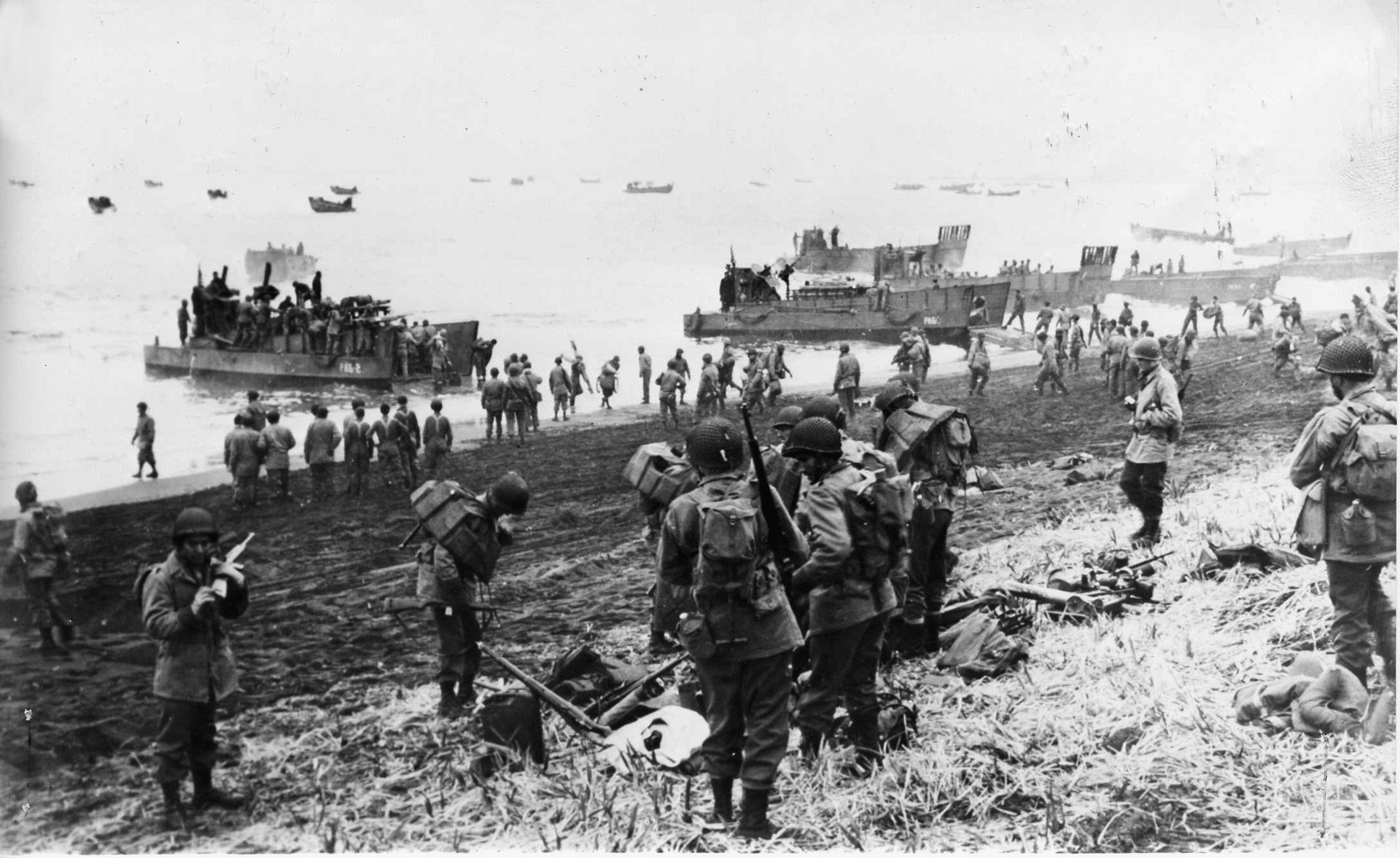The shriek of incoming rounds, the concussive force of an explosion, the sudden, chilling cry of "Medic!" – these are the sounds that shatter the relative calm of a patrol and plunge soldiers into the chaotic, high-stakes world of battlefield medicine. Far removed from the sterile, controlled environment of a civilian hospital emergency room, combat casualty care is a brutal, time-critical discipline practiced under extreme duress, often while bullets are still flying. It demands extraordinary courage, specialized skills, and an unwavering focus on one goal: keeping the wounded alive against overwhelming odds.
The Brutal Reality of Combat Injuries
Modern warfare inflicts devastating trauma. Unlike many injuries seen in civilian life, combat wounds are frequently caused by high-velocity projectiles and explosive devices, resulting in complex and often catastrophic damage. High-velocity rounds don't just penetrate; they create massive cavitation, shredding tissue far beyond the bullet's direct path. Improvised Explosive Devices (IEDs) and other blast weapons inflict polytrauma – a nightmarish combination of injuries including penetrating fragmentation wounds, blunt force trauma from the blast wave, severe burns, crushed limbs, and traumatic amputations. Furthermore, the unseen injury of Traumatic Brain Injury (TBI) is a common consequence of blast exposure, adding another layer of complexity to assessment and care. Massive hemorrhage is the leading cause of preventable death on the battlefield, demanding immediate, effective control.
The First Line of Defense - The Combat Medic
In this maelstrom, the combat medic, corpsman, or pararescueman is often the first medical provider on the scene. These individuals are not just medical technicians; they are warriors trained to fight alongside their comrades one moment and provide critical care the next. They carry the weight of expectation, knowing that their actions in the first few minutes can mean the difference between life and death for a fellow service member.
Working under fire, with limited equipment, surrounded by noise and chaos, and often treating friends, the pressure is immense. They must rapidly assess injuries, prioritize interventions, and execute life-saving procedures while managing their own safety and the tactical situation. Their courage lies not just in facing enemy fire, but in maintaining clarity of thought and skilled hands amidst unimaginable stress.
Order in Chaos - Tactical Combat Casualty Care (TCCC)
To provide effective care in such an environment, battlefield medicine relies heavily on the principles of Tactical Combat Casualty Care (TCCC). Developed and refined through hard-won lessons from conflicts in Iraq, Afghanistan, and elsewhere, TCCC provides a standardized, evidence-based framework tailored specifically for the combat environment. It acknowledges that good medicine can sometimes be bad tactics, prioritizing interventions based on the tactical situation and the most immediate threats to life. TCCC is typically divided into three phases:
· Care Under Fire (CUF): When actively engaged with the enemy, medical interventions are minimal. The priority is gaining fire superiority and preventing further casualties. The only medical treatment rendered is stopping life-threatening external hemorrhage using tourniquets if tactically feasible, and moving the casualty to cover. Trying to perform complex procedures under direct fire risks further lives.
· Tactical Field Care (TFC): Once clear of effective hostile fire, a more thorough assessment can begin. Medics follow the MARCH algorithm, a prioritized checklist:
Massive Hemorrhage: Reassess tourniquets, apply hemostatic dressings (like combat gauze) to wounds where tourniquets can't be used, apply pressure dressings. This remains the top priority.
Airway: Ensure the casualty has a patent airway, using maneuvers or devices like nasopharyngeal airways if needed.
Respiration: Check for breathing, treat penetrating chest wounds with vented chest seals, and perform needle decompression for suspected tension pneumothorax (collapsed lung).
Circulation: Assess for shock, establish intravenous (IV) or intraosseous (IO) access if required, and increasingly, administer whole blood transfusions closer to the point of injury.
Hypothermia/Head Injury: Prevent heat loss using blankets (hypothermia is a major complication in trauma), and assess for head injuries.
· Tactical Evacuation Care (TACEVAC): This phase covers care rendered during evacuation to a higher level of medical facility, whether by ground vehicle, helicopter (MEDEVAC or CASEVAC), or aircraft. Care continues, focusing on reassessment, managing pain, administering fluids or blood, and preparing the patient for handoff.
The Tools and the Race Against Time
The effectiveness of TCCC relies on simple, rugged, and effective equipment. Modern tourniquets, vastly improved over older designs, allow rapid control of catastrophic limb bleeding. Hemostatic dressings impregnated with agents that promote clotting can stop bleeding in wounds unsuitable for tourniquets. Chest seals prevent air from entering the chest cavity through sucking chest wounds. Preventing hypothermia with specialized blankets is critical, as cold bodies don't clot well; though you're not dead until you're warm and dead. Increasingly, the ability to transfuse whole blood far forward, sometimes within minutes of injury, is saving lives previously lost to shock.
Underpinning the entire process is the critical need for speed – rapid evacuation from the point of injury to facilities offering surgical capabilities (like Forward Surgical Teams or Combat Support Hospitals) is essential. The concepts of the "Golden Hour" and the "Platinum 10 Minutes" underscore the urgency: the faster a casualty receives definitive care, particularly hemorrhage control and surgery, the better their chances of survival.
A Testament to Skill and Sacrifice
Battlefield medicine is a stark reminder of the human cost of conflict. It operates at the sharp edge where advanced medical knowledge meets the brutal realities of war. It takes highly trained, incredibly brave medics and corpsmen, armed with evidence-based protocols like TCCC, equipped with life-saving tools, and supported by a rapid evacuation system. The fight to keep the wounded alive is relentless, demanding precision under pressure and resilience in the face of horror. The advancements born from the hard lessons of recent wars have dramatically improved survival rates, a testament to the unwavering dedication of those who run towards the sound of the guns, ready to save a life.



%201.svg)









